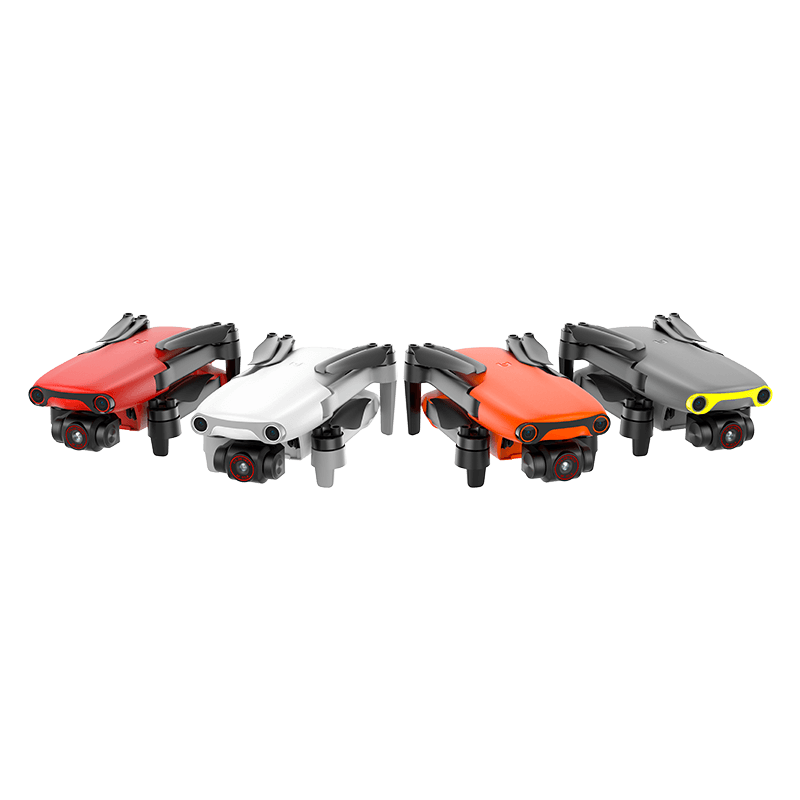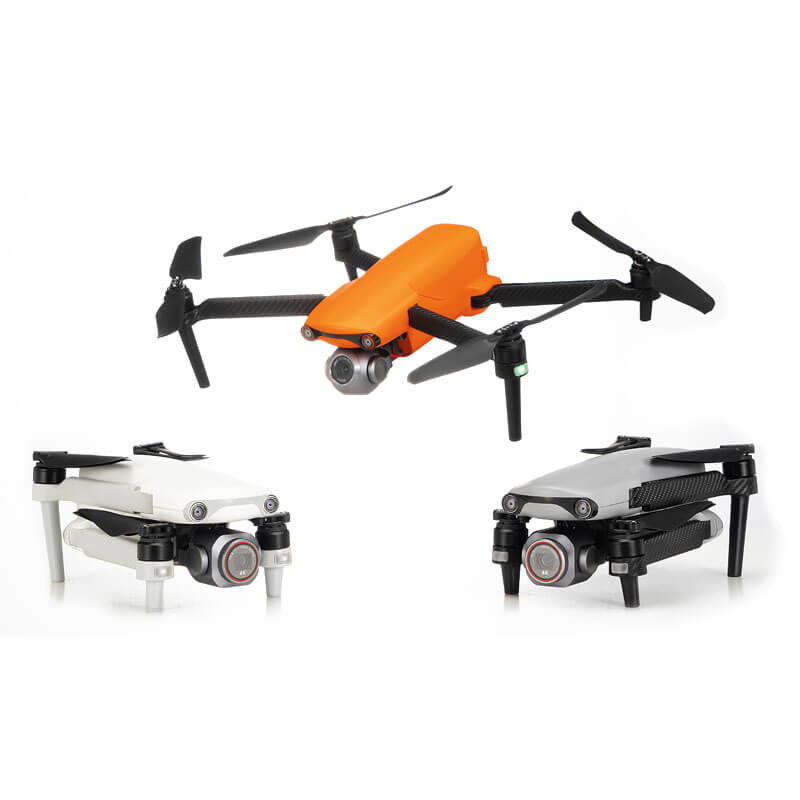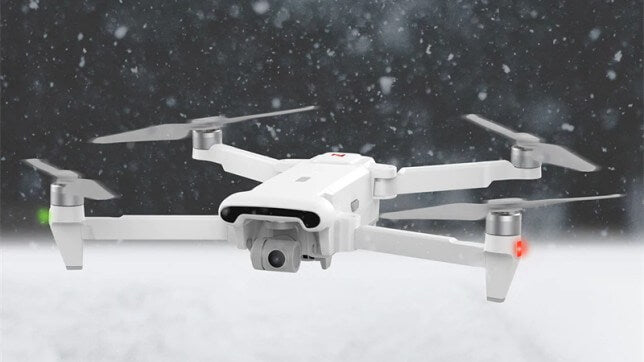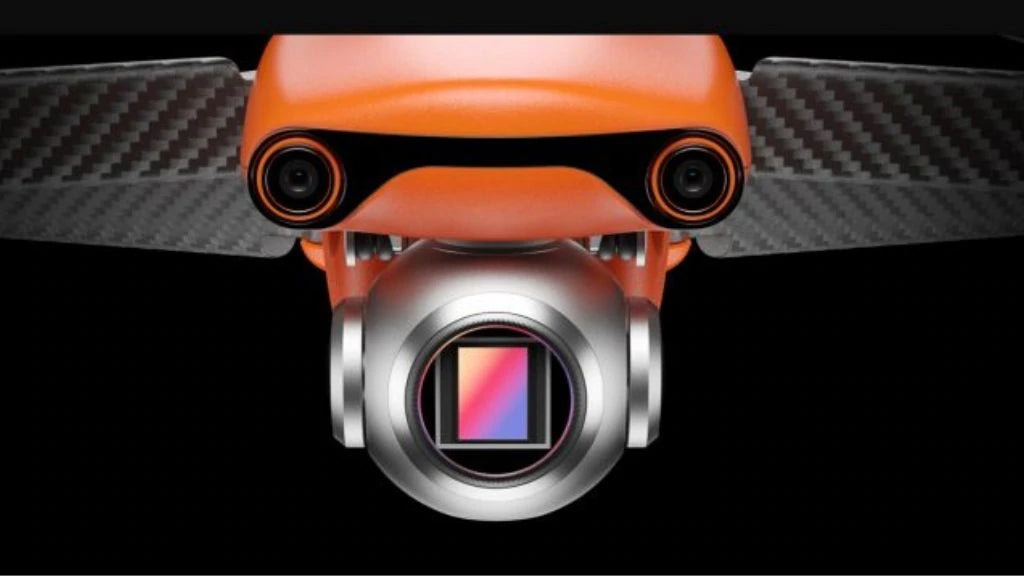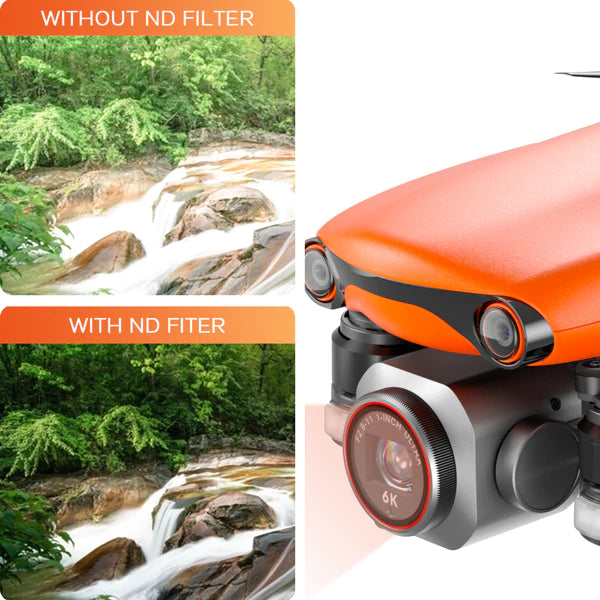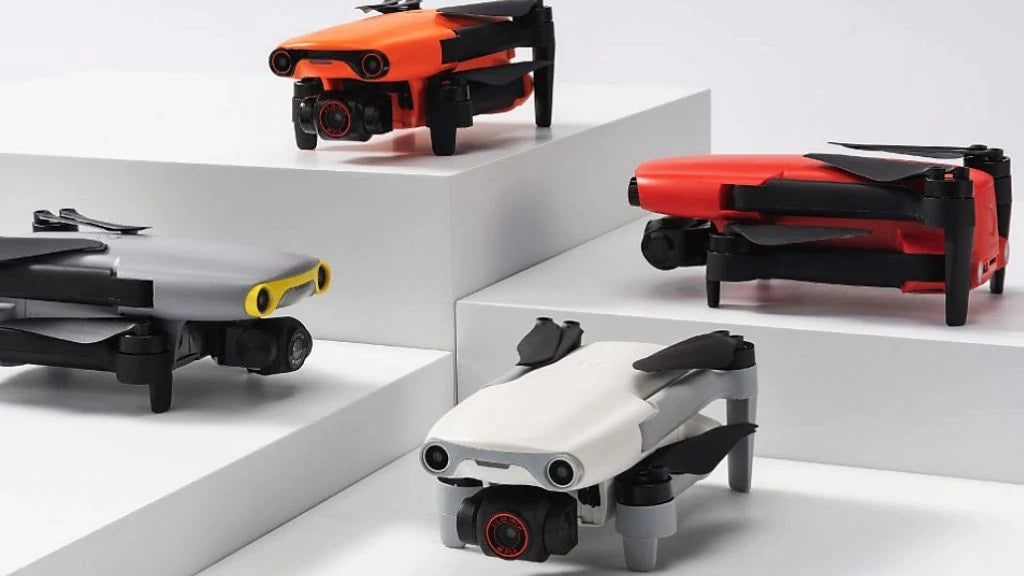Autel Robotics' EVO drone with a hard-shell casing gives us everything we need to pack our bags and head out for a day of aerial photography. The Autel EVO quadcopter features 3-axis motorized gimbal stabilization to help you capture smooth 4K footage and 12MP photos. You can fly the EVO manually using the included remote with a built-in 3.3-inch 720p OLED display, or one of the smart flight modes using the Autel Explorer app. While flying, built-in cameras and sensors help keep the EVO safe from objects.
Headed and Headless Modes of Drones
There are two flight modes of drones: headed mode and headless mode. The two flight modes are collectively referred to as drone flight control. The flight control subsystem is the most important part of the UAV, and its functions include completing the take-off of the UAV, the flight path in the air, performing the specified flight actions, and returning to the landing according to the route.
To achieve the headless mode of the drone, its drone must be a multi-rotor vehicle. Secondly, the UAV needs to be equipped with an electronic compass. The UAV equipped with the electronic compass can measure the angle of the aircraft relative to the earth's magnetic field and automatically adjust the direction of the nose in the magnetic field. During the flight of the aircraft, the front, back, left and right of its motion take the geographic coordinate system as the reference coordinate system, and it is flying in headless mode (also called head-free or head-hold). Headless mode is more common in multi-rotor, such as quadcopter and hexacopter. During the flight, there is no need to consider the direction of the nose, and it will be more comfortable to fly at speed.
In headed mode, the aircraft moves forward, backward, left, and right using its own coordinate system as the reference coordinate system. Headed mode is a common flight mode for many toy models and most rotorcraft (such as Phantom).
Taking the popular EVO Lite Series of drones from Autel Robotics, we usually focus on common remote-controlled drones. The new Autel EVO Lite range of drones is the industry's first line of modular aircraft for professionals and consumers. Effectively creating the world's most advanced compact foldable drone device at an affordable price, it's swooping on the market, trying to fill the void left to consumers by other leading drone manufacturers. A good image transmission system and long-distance flight, as well as a flight time of about 40 minutes and smooth image and video footage, have brought effective protection to this drone.
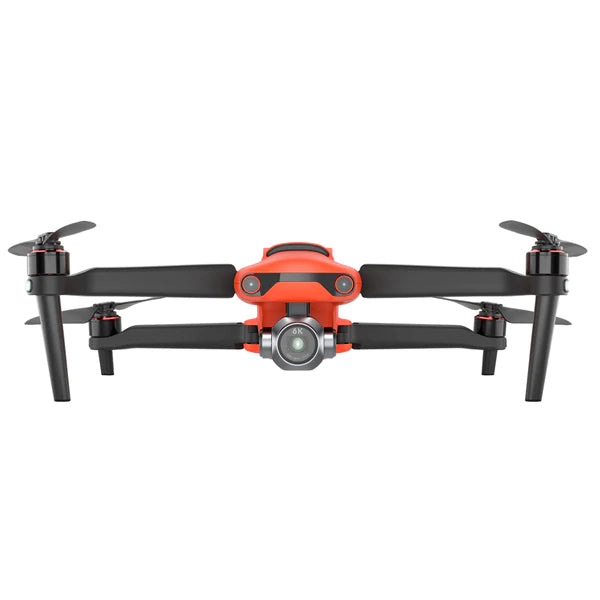
The Benefits of Using Headless Mode On a Drone
Fly in windy weather conditions
Weather conditions can seriously affect your flying experience. Because drones fly by manipulating airflow, it is much more difficult to fly safely in windy weather conditions. However, flying in headless mode can mitigate the effects of wind by giving you more control over the drone. Plus, the more control you have over changing weather conditions, will help you fly and land safely. In headless mode, the risk of loss of control and crashes is significantly reduced.
Accident Reduction
Whether you're flying in an urban or rural environment, headless mode further prevents mishaps. When flying in headless mode, you're less likely to lose your sense of direction and end up hitting a building or getting stuck in a tree. Keep your direction and therefore your control and keep your drone out of danger.
Flying for Beginners
Headless mode is a drone flight mode suitable for beginners. It's for people who just got their first drone and need these training wheels. When you fly in headless mode, you can experiment with maneuvers and even design your own movements. Flying in headless mode is relatively easy, especially if you're a beginner.
More Control, Speed and Space
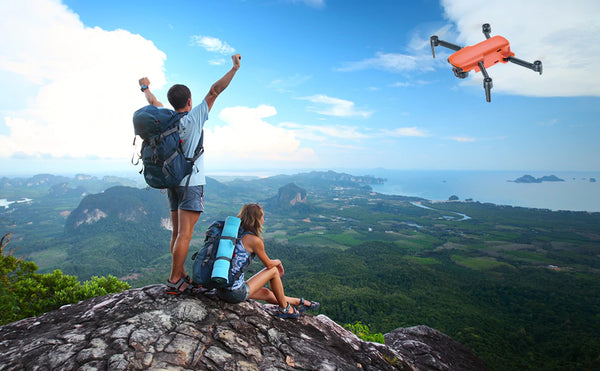
When you're flying for fun, headless mode can give you more room to try cheating maneuvers. You can be more "in the area" in headless mode, even if you're doing drone racing with friends. At its peak, you don't want to accidentally scroll left when you really want to scroll right. In these situations, free flight will give you more freedom, space and speed.
Disadvantages Of Using Headless Mode On a Drone
Learn Headless Mode
While it's much easier to fly a drone in headless mode than headless mode, you still need to learn it. It is more like a training school where you will do some work. Also, this is a good opportunity to learn about speed and altitude restrictions. It might be confusing at first, but it's important. Once you understand the basics of headless mode, you can really fly like a pro without it, but you'll have a learning curve to get there again.
Addicted
It's easy to fall in love with headless mode, and it becomes your default airplane mode. If your brain gets used to it, you may find it difficult to transition to other modes. Plus, spending too much time in headless mode can make flying without it difficult. If your current drone supports headless mode, it's like relearning to fly if you buy a new drone without it.
A Bit Dangerious
Headless mode relies on magnetic sensors inside the drone. Therefore, flying in areas where there is a lot of electromagnetic interference, such as cell towers, may increase the risk of a crash. You have to be careful as you will find it troublesome to fly safely in these areas.
You Probably Don't Need It
Headless mode is somewhat useful in FPV (First Person View) drones. The biggest benefit of a headless drone is that it lets you know which direction your drone is facing. Once you've installed the camera and put on your FPV goggles, you already know because you're in the "driver's seat." In this case, the orientation is more intuitive, so headless mode is not needed. In this case, the only time you might want to use headless mode is to take an aerial selfie.
Therefore, we recommend that you do not use headless mode as your default flight mode. Maybe we will consider implanting the headless mode program in the program settings in the future, but everything is for the safety of the drone.

